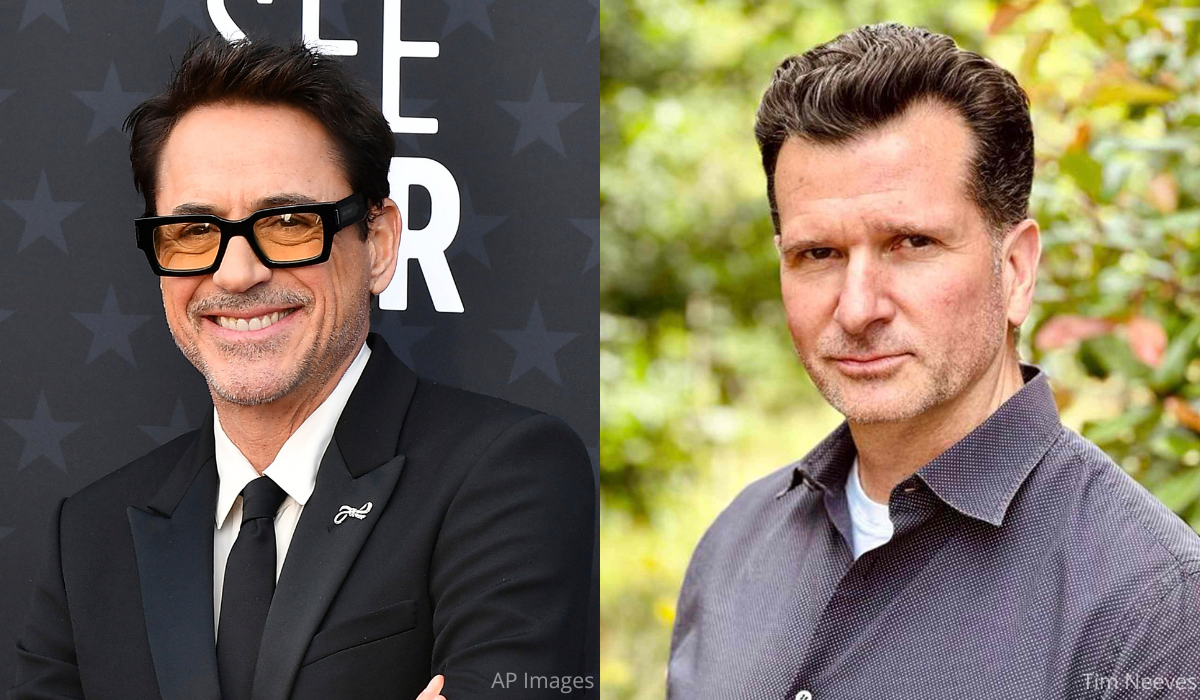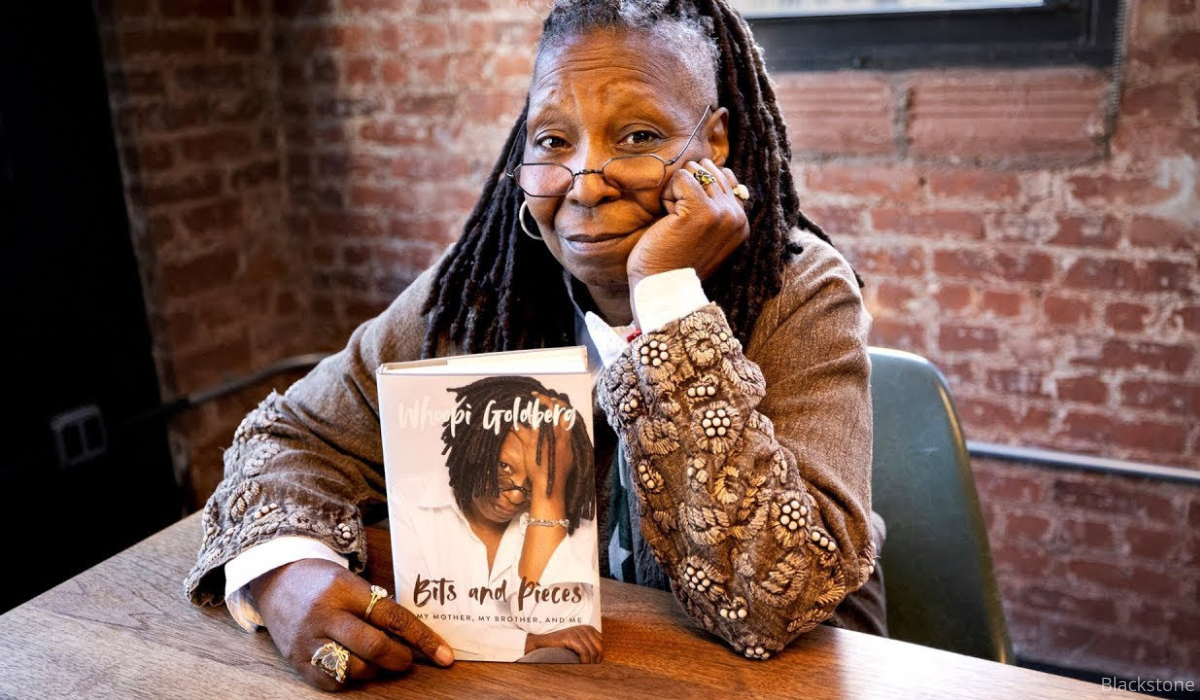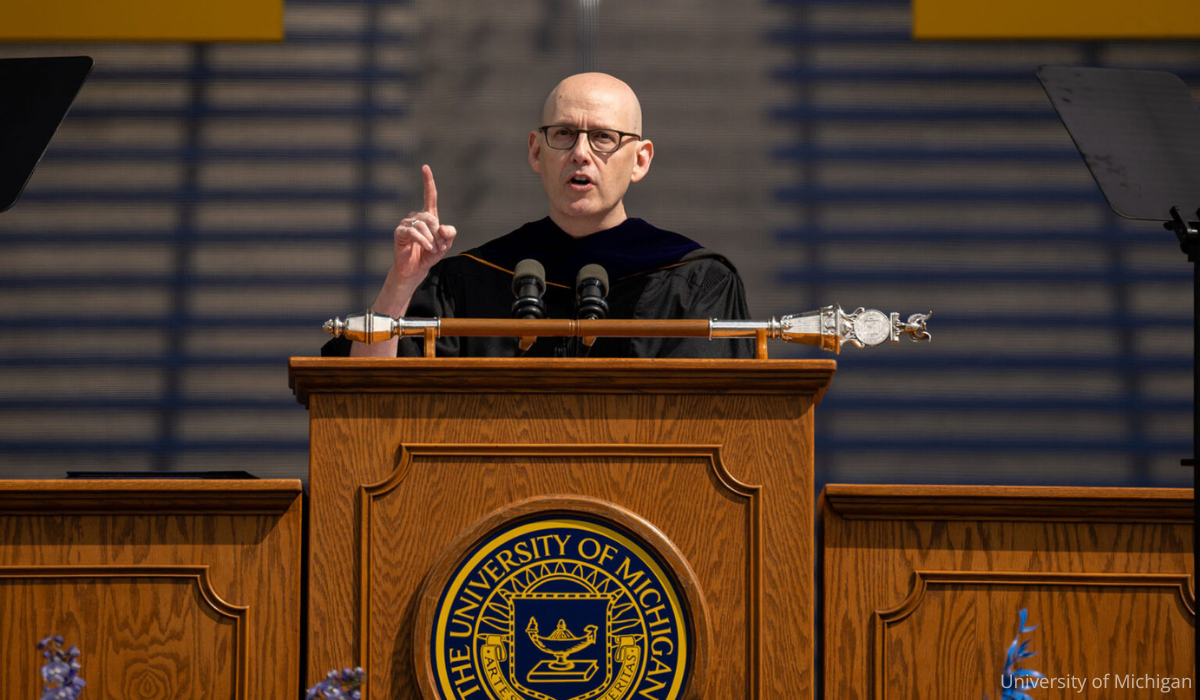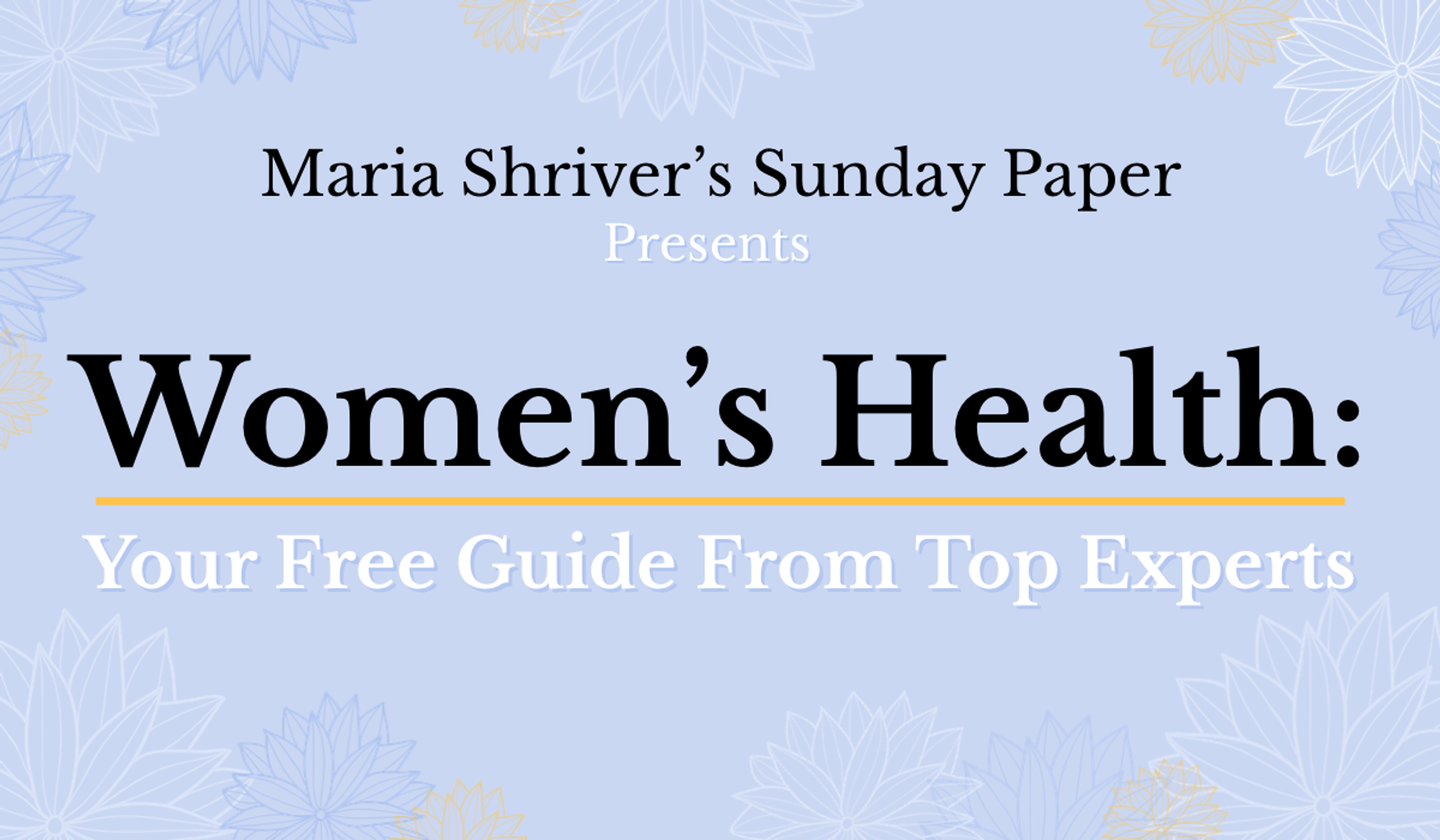Want to Save the World? Robert Downey Jr. and Thomas Kostigen Say Your Fork Is Your Greatest Weapon
It’s been a big year for Robert Downey Jr.—and it’s only January.
The actor is fresh off Golden Globe and Critic’s Choice wins for his role in the 2023 blockbuster Oppenheimer and most critics anticipate Downey’s winning streak will continue. He also just published Cool Food—a fresh new take on climate literature.
For this endeavor, Downey enlisted the help of Thomas Kostigen, an award-winning and New York Times bestselling author who has worked in the climate space for more than two decades. While developing a TV show together a few years back, the pair saw something that was desperately needed in climate literature: A book that people actually wanted to read.
“We need to do a food book and make it fun,” Downey told Kostigen at the time.
And that they did.
The pages of this book are filled with bright colors, graphic illustrations, flavor-packed recipes, and jaw-dropping information—and there’s no shortage of Downey’s humor and Kostigen’s expertise. So, what exactly are “Cool Foods” and how can each of us re-think our food choices to actually make a difference when it comes to saving our (ever-warming) planet? The Sunday Paper sat down with Downey and Kostigen to find out.
A CONVERSATION WITH ROBERT DOWNEY JR. AND THOMAS KOSTIGEN
Your new book is called Cool Food. What makes a food cool or not cool?
Cool Food refers to foods that are better for the planet than others—perennial vegetables that don’t have to be torn up from the ground each season, ancient grains that actually promote healthier soil, nuts that come from trees that don’t have to be felled, and certain fruits that are grown on trees that store lots of carbon dioxide in their roots, trunks, and leaves.
Cool foods help to keep more carbon dioxide, a greenhouse gas that warms the planet, from escaping into the atmosphere and raising global temperatures.
So many of us think it’s impossible to fix the climate on an individual level, but you explain how small food choices can have a big impact. What are some things you’re doing differently after working on this book?
We’re both looking more at seasonality and worrying less about expiration dates.
A big point we make in the book is to eat fresh, organic foods. That means foods that are in season, no matter where they are on the planet.
A big myth is that a large part of a food’s carbon footprint comes from food miles, or how far it travels from pasture to plate. In fact, transportation is around 5% of a food’s carbon footprint. The best thing for the planet is to eat fresh because commercial refrigeration is such a massive greenhouse gas problem—far bigger than transportation. So it’s eating more fresh foods from all over the world that are in season.
The other thing is smelling or testing a food before throwing it away just because the expiration date suggests that. There is no hard truth to expiration dates, except when it comes to things like baby food.
Thomas, you tell the story of a bookshop clerk referring to the climate section as the “bummer section.” How did you go about writing a book about climate change without it feeling like a big bummer?
We had fun! And we think that really came through in the text. The stories we tell are positive and prescriptive. We provide solutions that are easy to adopt. The point is to give people agency in the climate crisis. In turn, that empowerment gives hope and positivity. It was really turning the feeling of helplessness on its head. Knowing your food choices mean something more makes you want to do more. And that fosters positive impact. It’s a loopback.
Thomas, can you talk about the “butterfly effect of food” and how it could affect our ability to enjoy our favorite foods in the future?
Maple syrup, chocolate, coffee, certain fruits, and seafood are in danger of collapse because of the shift in temperatures.
Maple needs both freeze and thaw to produce sap sugar. That season is shrinking along with a maple’s sugar content. Chocolate is in trouble because droughts are affecting cacao beans. Coffee is suffering from invasive species born out of severe temperatures changes. Fruits, like cherries, need cold temperatures to grow. And warmer oceans are destroying marine habitats. That affects everything from sea vegetables to lobsters.
Processed food requires more energy to produce. In turn, that energy emits more carbon into the atmosphere and leads to temperature rise. And foods grown on industrial farms that use a lot of pesticides and fertilizers also wreak havoc on the planet, destroying soil that naturally holds carbon in the ground and keep’s the climate cooler. It’s a tragic ripple effect.
Robert, you’re hot off a Golden Globe and Critic’s Choice win for your role in Oppenheimer, a film that chronicles an ethical dilemma with global implications. Do you see modern parallels to the threat of climate change?
Tough question … both are existential threats of our own creation. We now have international treaties covering nuclear armament as well as climate change, so the parallels are right there. I guess the difference is that climate change is a ticking time bomb that we can all take action to prevent.
There’s so much in this book—recipes, how to compost, food storage tips, misleading food labels … Was there anything you were shocked to learn while writing?
Food waste. It took us both by surprise. We hadn’t planned to write about it. Learning that we waste about a third of the food that we shop for and about half of the food that we order in restaurants was disturbing, especially given how many people go hungry every day.
Also, the methane that is released from food rotting at landfills is exponentially worse than carbon dioxide for the climate. Zero waste is something we all should be aiming for, and why composting is so important. Doesn’t hurt to mind your portions either and use all your leftovers.
What do you most hope people will do after they read your book? If we make one change, what would that be?
Eat more perennial plants and, hopefully, learn and understand where your food comes from.
We hear this an awful lot with meat, but not so much with fruits and vegetables. Knowing where, how, and what you’re eating is just as important on the plant side.
If we all begin to consume more planet-friendly foods and that kind of afforestation begins, we can make a huge impact with something we have to do anyway—eat!
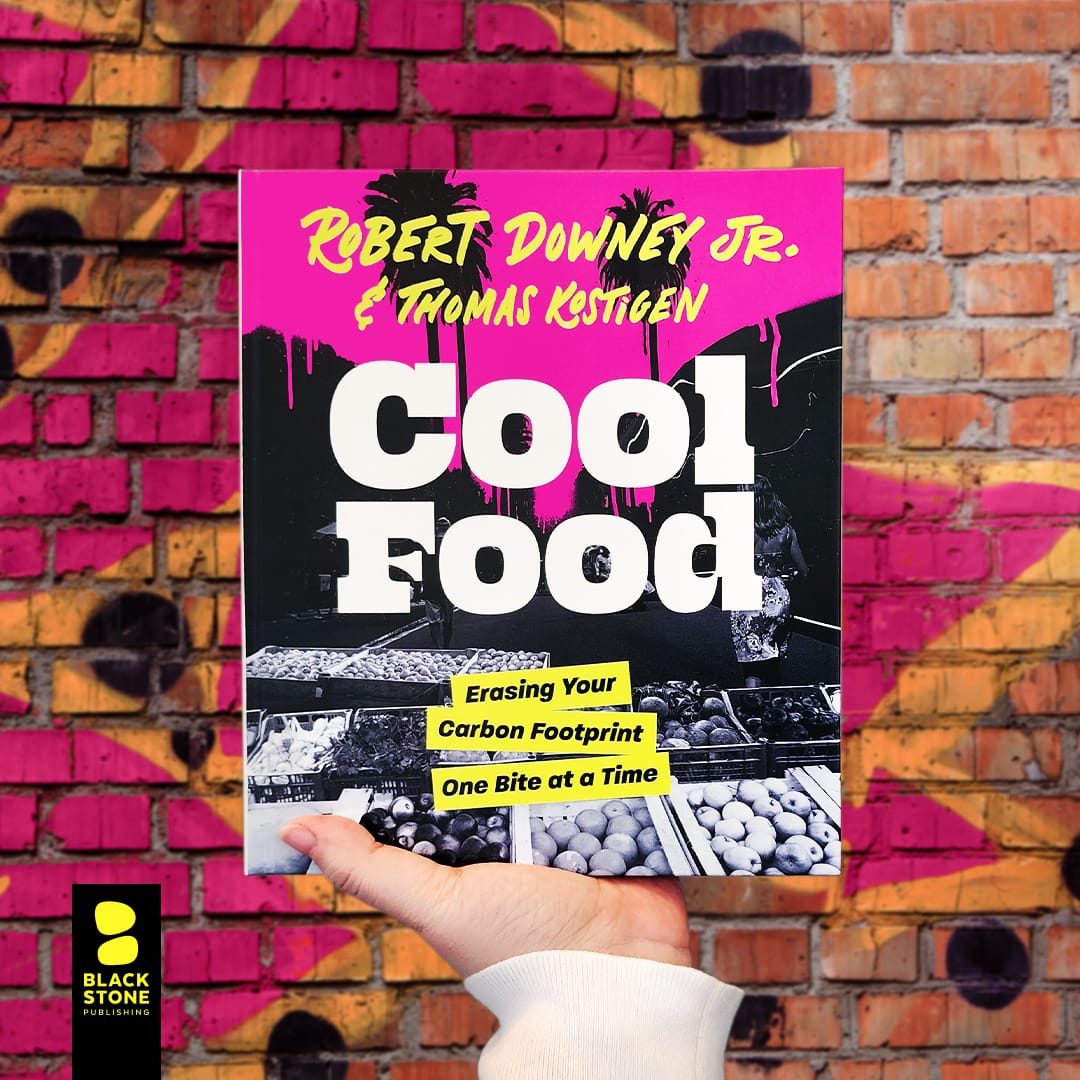
Cool Food is on-sale starting January 23rd and available for preorder now. Try a recipe from Cool Food, exclusively available to Sunday Paper readers here!

